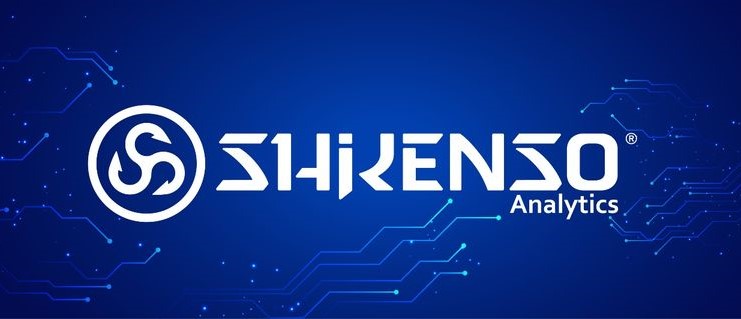Esports, and the wider media and entertainment landscape, could hardly exist without partnerships and sponsorships, at least not on the professional level we’ve come to expect today. It’s a simple barter practised for centuries: companies exchange capital for exposure, pouring money into the development of these society-enriching industries.
And while the ever-increasing advertisement overload might make it seem like companies just throw money at anything that promises the attention of potential consumers, sponsorship money is not given out freely.
Companies choose carefully based on a multitude of factors, among which exposure potential reigns supreme. Unlike in the past, however, computing technologies have brought a new dimension into sponsorship negotiations.

RELATED: Shikenso Analytics: Making esports data collection smarter
The media value
Arwin Fallah Shirazi, CEO and Co-Founder of Shikenso Analytics, told Esports Insider that tracking activities and monitoring performance and success should be top priorities for the majority of companies in esports.
Using a proprietary artificial intelligence, Shikenso Analytics helps its clients with evaluation and management of their sponsorships, investments and other marketing activities. Through analysis of branded content or sponsorship assets on live streaming and social media platforms, the company can quantify activations and drive performance for customers.
According to Shirazi, the most targeted and sought-after metric and the key performance indicator is ‘media value’. Based on a number of various indicators such as size, visibility or number of impressions, the media value represents the monetary value generated by media exposure of brand logos, banners and activities.
Ultimately, a higher media value indicator means higher sponsorship potential. “There is the old saying: ‘money talks’,” noted Shirazi. “And while bigger budgets usually bring bigger deals in sponsorship, all of these big pots need to be first validated from a business perspective.”

Individual approach
Alongside numerous esports organisations and companies, including the likes of OG Esports, Mousesports and ReKTGlobal, Shikenso has also been working closely with major tournament organisers including BLAST, PGL and Freaks 4U Gaming.
From a data standpoint, however, there’s no difference in providing data for brands and tournament organisers. Shirazi explained: “Since the data we provide is on the most granular level, all our clients work with comparable data sets.
“That said, working directly with a big brand can be challenging, because large companies have more people involved in the decision-making process, meaning there are more people you need to satisfy with the results.”
The needs of an esports organisation will naturally be different than the needs of a tournament organiser, but both ultimately want to know the same thing — the value sponsorships generate through online exposure. That’s when individual approach comes into play, allowing the analytics company to work with a variety of different stakeholders in the industry.
Based on Shirazi’s experience, unique requests from clients occur frequently, since everybody looks at data through different lenses and uses it according to their specific needs.
He emphasised the ability of Shikenso’s data solutions to meet these needs in the best possible manner. “The good thing about direct client feedback or unique requests is that they can benefit the improvement of your product portfolio or even push product innovation.”
RELATED: Branding your way into esports
Quality data provider
When asked about the qualities of a good data analytics company, Shirazi’s answer was clear: “A data provider is defined by the quality and integrity of the data he is able to deliver.”
Indeed, the ultimate reason businesses consult a data provider is to make use of said data to improve business operations, measure strategic goals or to get a competitive edge. Decisions based on unreliable data can have a vast impact on the future development of the business; that’s why reliability is reasonably one of the most decisive factors when picking an analytics company to partner with.
“We also believe that close customer proximity and relationships add a great deal of value to the quality proposition,” Shirazi continued.
But how to identify a good data provider, when there’s no tangible way of verifying the reliability of the data they offer? For starters, brands can compare the provider’s data sample with data they already have, to look for logical correlations. Besides that and customer references, however, the answer could lie in narrowing client expectations.
“With any data or SaaS provider, you need to first identify your own exact needs, manage your expectations and learn about the products and offerings on the current market,” Shirazi said. “For all our potential clients, we give an in-depth run-through of what exactly our solution looks like and what the data we provide can achieve for them. A good data provider will likely do the same.”
Furthermore, the vendor’s willingness to educate clients on how to correctly analyse the data and draw conclusions could also be a good telling sign. Not only is it an indication of the company’s intent to help the client rather than only make a profit, but it’s also a way to build a closer client-customer relationship, often crucial for success.
Supported by: Shikenso Analytics